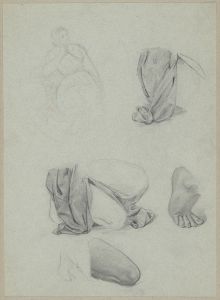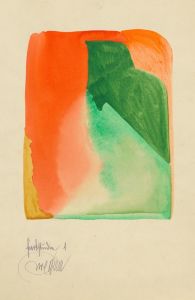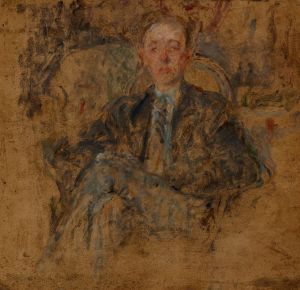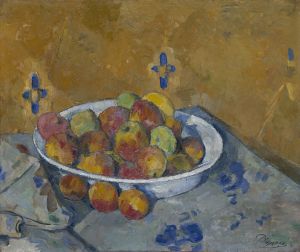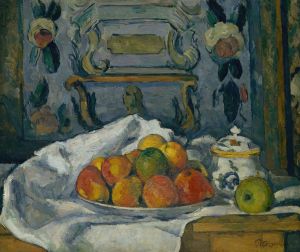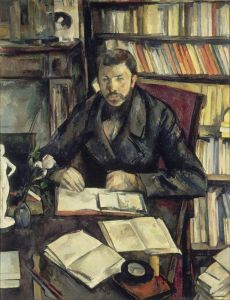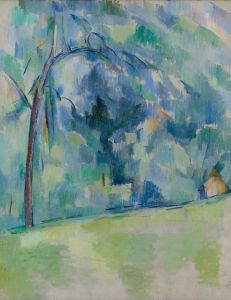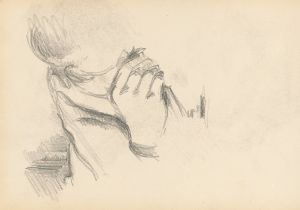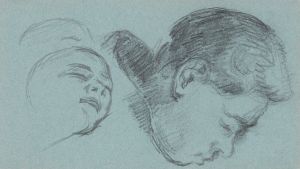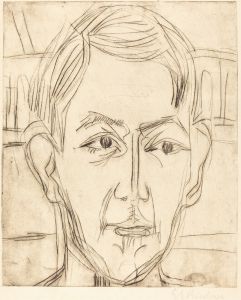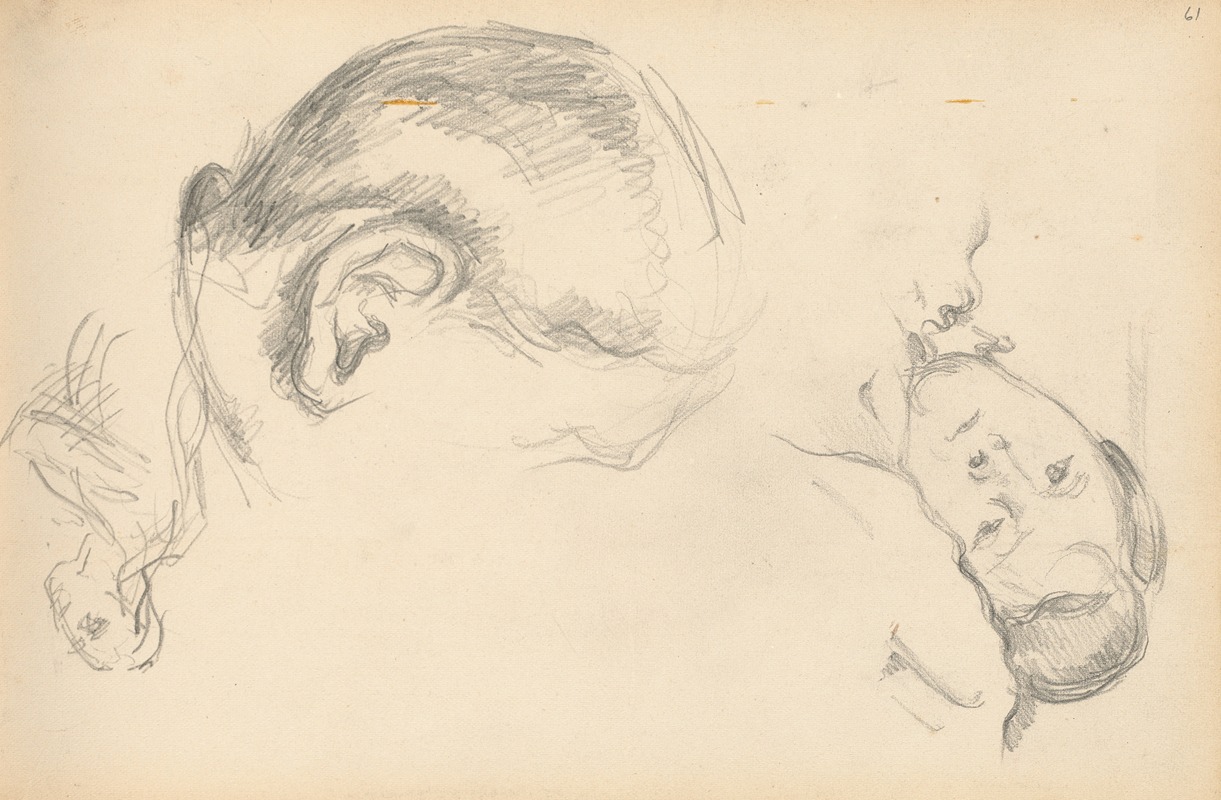
Three Heads, One of Madame Cézanne
A hand-painted replica of Paul Cézanne’s masterpiece Three Heads, One of Madame Cézanne, meticulously crafted by professional artists to capture the true essence of the original. Each piece is created with museum-quality canvas and rare mineral pigments, carefully painted by experienced artists with delicate brushstrokes and rich, layered colors to perfectly recreate the texture of the original artwork. Unlike machine-printed reproductions, this hand-painted version brings the painting to life, infused with the artist’s emotions and skill in every stroke. Whether for personal collection or home decoration, it instantly elevates the artistic atmosphere of any space.
Paul Cézanne's Three Heads, One of Madame Cézanne is a work that reflects the artist's distinctive approach to portraiture and his evolving style during the late 19th century. Cézanne, a pivotal figure in the transition from 19th-century Impressionism to 20th-century modernism, often used his wife, Hortense Fiquet, as a subject in his paintings. This particular work is notable for its experimental composition and the intimate portrayal of Madame Cézanne.
The painting features three studies of Madame Cézanne's head, rendered with Cézanne's characteristic brushwork and attention to form. Rather than presenting a single, unified portrait, the work explores multiple perspectives of the same subject, a technique that underscores Cézanne's interest in capturing the complexity of human presence and expression. The three heads are arranged in a way that suggests Cézanne's focus on the process of observation and representation, rather than adhering to traditional compositional norms.
Cézanne's use of color and light in this piece demonstrates his mastery of tonal variation and his ability to convey depth and volume. The subtle interplay of hues in the skin tones and the surrounding space reflects his dedication to studying the effects of light on form. This approach was influential in shaping the development of modern art, particularly in the works of later artists such as Pablo Picasso and Henri Matisse.
The exact date of Three Heads, One of Madame Cézanne is not definitively documented, but it is generally associated with the period when Cézanne was deeply engaged in portraiture and still-life painting. During this time, he sought to move beyond the fleeting impressions of the Impressionists, aiming instead for a more structured and enduring representation of his subjects.
Madame Cézanne, born Hortense Fiquet, was a recurring figure in Cézanne's art, appearing in numerous portraits throughout his career. Their relationship, while complex, provided Cézanne with a consistent and familiar subject for his artistic explorations. In this work, her calm demeanor and understated presence align with the restrained emotional tone often found in Cézanne's portraits.
Currently, Three Heads, One of Madame Cézanne is held in a private collection, and its exhibition history is limited. As with many of Cézanne's works, it continues to be studied and appreciated for its innovative approach to form and composition, as well as its contribution to the broader narrative of art history.





